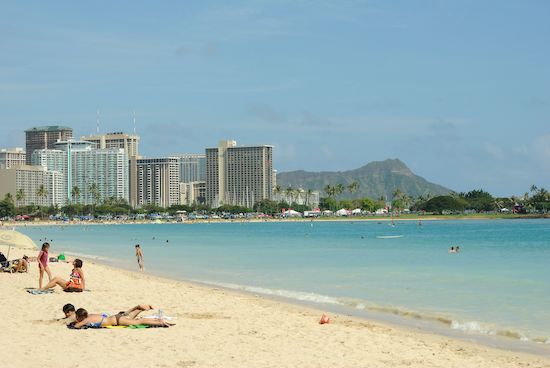
Is recycling a solution to plastic waste?
For many people in the United States, when we think of environmentalism we think about recycling. But the challenges with recycling illustrate the way that corporate profits, convenience, consumerism and long globalized supply chains have created the current ecological crisis.
Here are some startling statistics that illustrate the apocalyptic nature of the problem.
44 percent of all of the plastic ever made was made since 2000.
It is estimated that 448 million tons of plastic were produced in 2015.
About 40 percent of plastic is for single-use plastics.
Only about 30 percent of plastics are burned or recycled. The other 70 percent ends as litter or in landfills.
By 2050, the ocean could have more plastic than fish.
Recently a number of international changes have gotten people rethinking recycling. Last January, China announced that it won’t take much of the world’s recyclables.
Because the market for recycling is a global commodity tied to the price of oil, events like this cause massive fluctuations in price. The length and complicated nature of these globalized supply chains make them difficult to manage and create a difficult environment for recycling businesses.
Global supply chains also mean that the production and disposal of products is invisible.
We recycle it and expect it to simply go away. This means that we think about and often treat recycling in the same way we treat trash. One problem with much recycling in the U.S. is that it isn’t cleaned or sorted properly, making it more expensive to process.
This was one reason China gave for its unwillingness to continue to accept U.S. recyclables.
Another problem with recycling is that plastics cannot be recycled indefinitely, with the quality of the plastics being produced declining each time it is recycled.
This means that a better solution than recycling is to refuse, reduce and reuse.
Refusing, in this case, means not purchasing single-use plastics. So many restaurants and businesses use single-use plastics that this can be challenging.
Perhaps the best solution is to pass legislation that requires businesses to find other alternatives.
Last month, European Union regulators began a process to eliminate many single-use plastics by 2019. This year, Hawai‘i state legislators also considered a similar bill but eventually decided to create a working group to look into the problem instead of actually eliminating single-use plastics.
This is a common practice with the Hawai‘i State Legislature. This session, it also created a working group to look into a carbon tax and possibly another to look at a Hawai‘i Green New Deal or market based solutions for creating a green economy.
This illustrates how the state legislature is like most of us in that it recognizes the looming problems but isn’t willing to take the time and energy to figure out solutions.
It wants to do something but isn’t willing to radically disrupt the current system enough to actually change it.
While these working groups are positive, we need to do something now. If you want to do a few things NOW, here are a few suggestions.
Limit or eliminate using single-use plastics.
Learn about what can be recycled in Hawai‘i. Recycle all 1 and 2 plastics, glass bottles, metal cans and corrugated. Rinse out the cans and bottles, and throw away the lids. Throw away plastics 3-7. Putting things that can’t be recycled into the recycling bin makes recycling less economically viable by increasing the cost of sorting it.
Go to a beach clean up. Sustainable Coastlines, Surfrider Foundation and 808 Cleanups all have regular beach cleanups that anyone can attend. Or just go to your neighborhood beach and pick up plastic.
Most importantly, get involved with the political process. Let your legislators know you care about these issues and will hold them accountable.
by Christian Palmer





